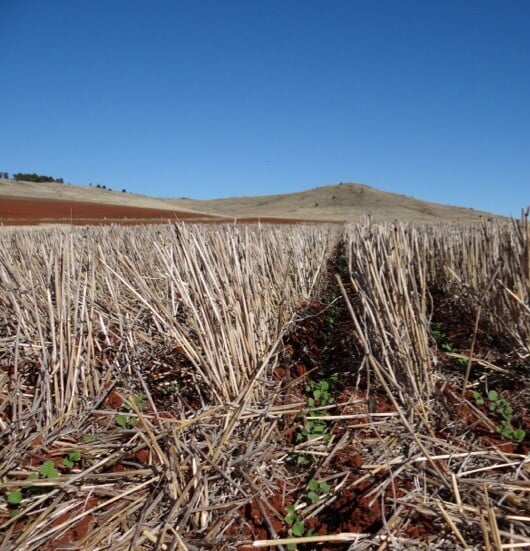Managing stubble starts at harvest
Heavy cereal stubble loads across the Riverine Plains region are likely to cause issues for sowing during 2022.

Managing cereal stubble starts at harvest and heavy stubble loads across the Riverine Plains region are likely to cause issues for sowing in 2022.
The GRDC Stubble Project (2013-18), generated a number of key learnings from five years of small and large plot trials across the Riverine Plains, as part of the The Maintaining Profitable Farming Systems with Retained Stubble Initiative.
Three key points were that;
- Lowering harvest height can reduce stubble load while maintaining benefits of retained stubble.
- Mulching or lightly cultivating stubble soon after harvest increases soil-stubble contact and aids stubble breakdown before sowing.
- While burning can help to reduce stubble loads at sowing and can improve pre-emergent herbicide efficacy, it increases the risk of erosion and impacts on soil moisture retention during the summer fallow.
To learn more about ways to manage stubble at harvest, please download our stubble management guideline Managing stubble at harvest improves sowing success.
Author
NEWS
Catch up on our latest project and event news.
-
Livestock
-
People
-
Grains
-
Sustainability

